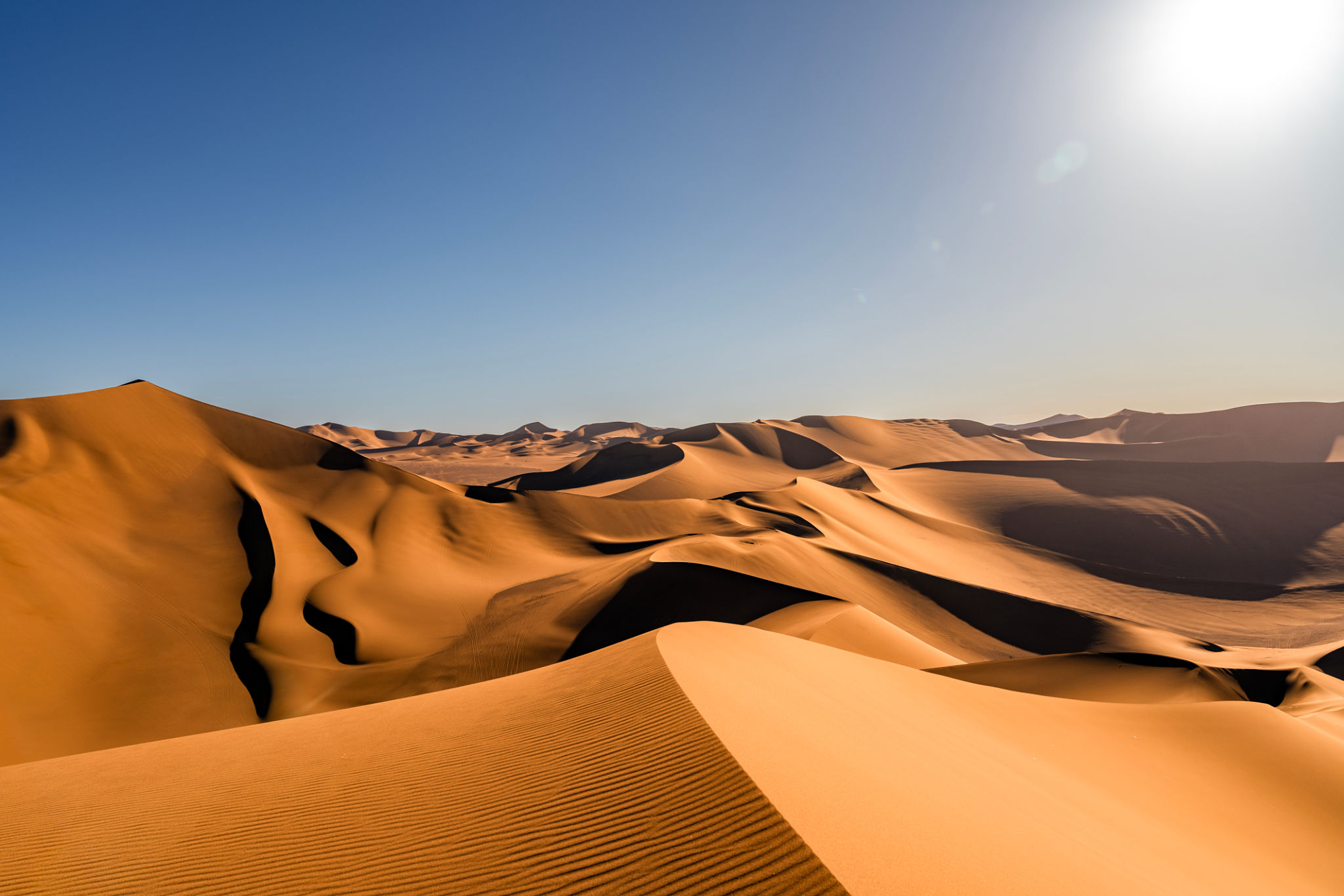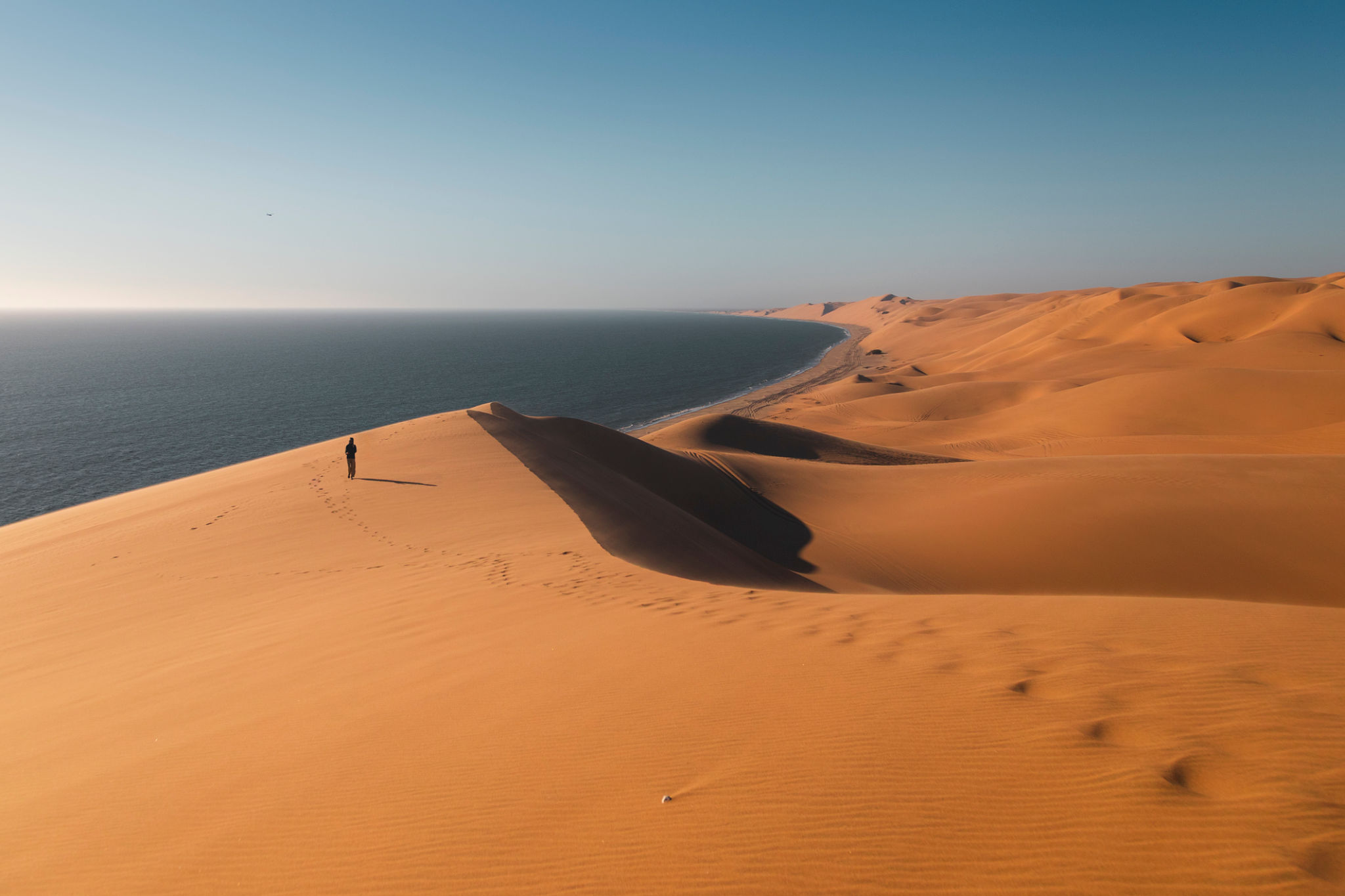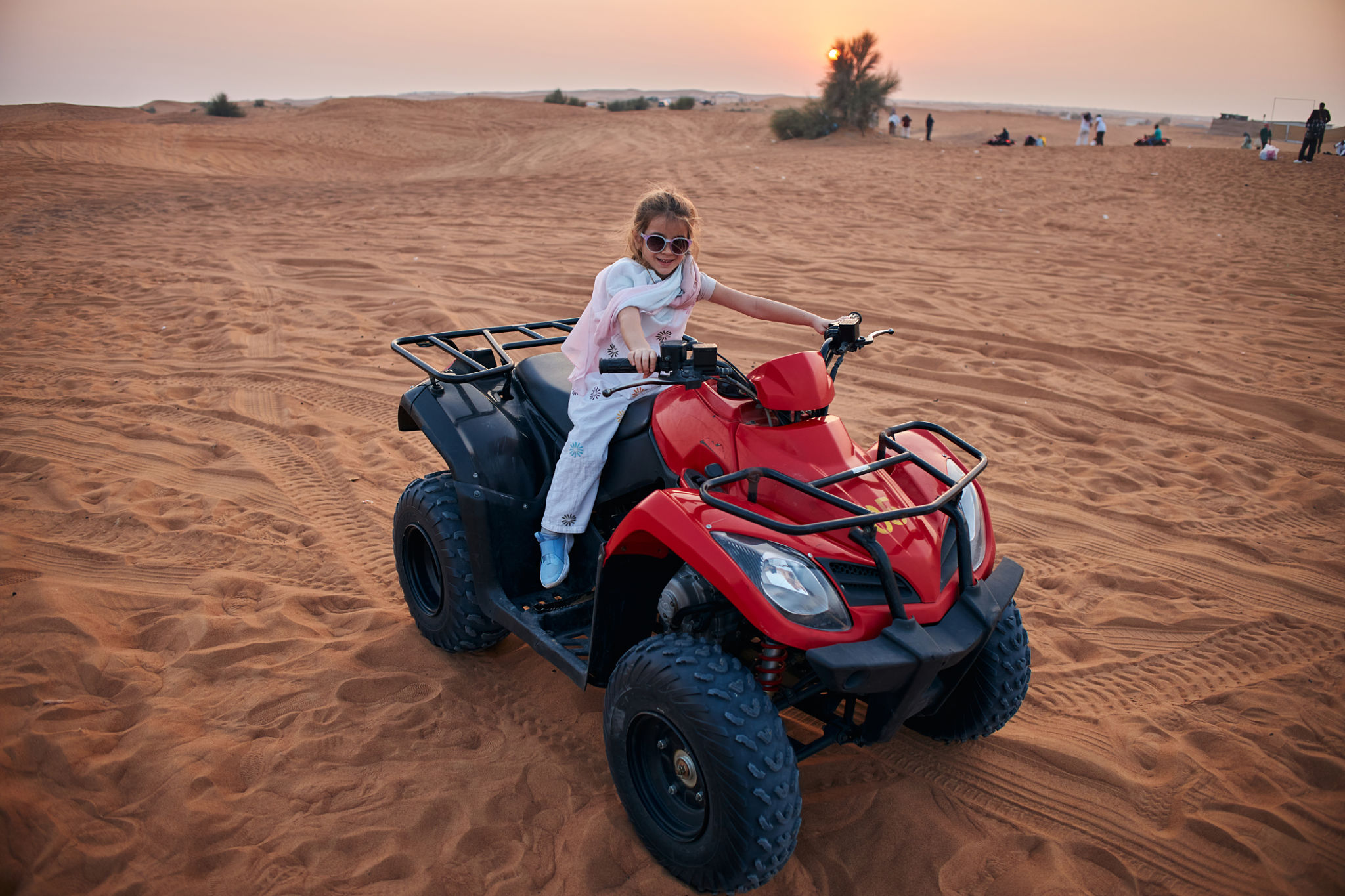Understanding the Challenges of Racing in the Rub Al Khali
Introduction to the Rub Al Khali
The Rub Al Khali, also known as the Empty Quarter, is the largest continuous sand desert in the world, covering parts of Saudi Arabia, Oman, the United Arab Emirates, and Yemen. Racing in this vast expanse of sand is a unique and formidable challenge, attracting adventurers and motorsport enthusiasts from around the globe. Understanding the specific challenges posed by this environment is crucial for anyone considering participating in such races.

The Extreme Environment
The Rub Al Khali is notorious for its harsh climate and extreme conditions. Temperatures can soar above 50°C (122°F) during the day and plummet at night. This drastic temperature variation requires racers to prepare meticulously for both the scorching heat and the cold desert nights. Additionally, the lack of vegetation and water makes this environment one of the most inhospitable on Earth.
Sand dunes dominate the landscape, some reaching heights of over 250 meters. Navigating these dunes requires not only physical endurance but also technical expertise in vehicle handling. The ever-shifting sands can obscure paths and landmarks, presenting a constant challenge for navigation.

Technical Challenges
Racing vehicles in the Rub Al Khali must be specially equipped to handle the unique conditions. Tires need to have excellent traction to navigate loose sand, while engines must be robust enough to withstand prolonged exposure to high temperatures. Moreover, vehicles must carry sufficient fuel and supplies, as refueling stations are non-existent in this remote desert.
Another significant technical challenge is maintaining communication. The vastness of the desert means that traditional communication networks are often unavailable. Racers rely on satellite phones and GPS technology for navigation and emergency communication, making technical reliability a top priority.

Physical and Mental Endurance
The physical demands of racing in the Rub Al Khali are immense. Racers must be in peak physical condition to endure long hours of driving in extreme heat, often without respite. Dehydration is a constant risk, and participants must manage their water intake carefully to avoid heat exhaustion.
Mental endurance is equally crucial. The monotony of the desert landscape can be mentally taxing, and maintaining focus over extended periods is essential for safety and success. Racers often undergo rigorous training to prepare themselves mentally for the challenges they will face.
Cultural and Logistical Considerations
Racing in the Rub Al Khali also involves navigating cultural and logistical challenges. Participants must respect local customs and regulations, which can vary across the different countries that the desert spans. Understanding these cultural nuances is essential for a smooth racing experience.

Logistically, organizing a race in such a remote location requires meticulous planning. Support teams need to be well-prepared with supplies, medical assistance, and mechanical support, often requiring coordination with local authorities and organizations familiar with the terrain.
Conclusion
Racing in the Rub Al Khali is not for the faint-hearted. The extreme environment, technical demands, and physical and mental endurance required make it one of the most challenging racing experiences in the world. However, for those who dare to take on these challenges, it offers an unparalleled adventure through one of nature's most formidable landscapes.
